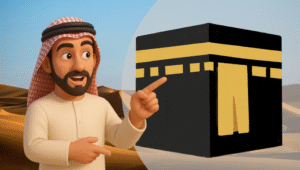
Let me say this upfront: you don’t need to buy a car your first week in the UAE.
Yes, it’s tempting, shiny vehicles, smooth roads, and the kind of peer pressure that makes you feel like owning a car is a personality trait. But before you swipe your card at the dealership, take a breather and go through this easy guide to UAE Public Transport because honestly, the system here works like a charm.
Whether you’re a new expat, a budget-conscious student, or just someone who’s tired of paying for parking at every mall, this guide to UAE Public Transport is your survival manual.
No jargon, no fluff, just real info from someone who’s been through it (including the part where I got off the bus because my Nol card had exactly AED 0.37 left).
How UAE Public Transport Works (and Why You Should Trust It)
Let me first walk you through “What is UAE Public Transport?”
This isn’t your average “maybe-it-shows-up” bus system. Public transport in the UAE (especially in Dubai) is modern, clean, air-conditioned, and surprisingly punctual. It’s one of the few places in the world where you’ll find fully automated metro trains gliding past skyscrapers like something out of a sci-fi film.
If you’re looking for a guide to UAE public transport that covers all the essentials like metro routes, Nol cards, RTA buses, and hidden tips then you’ve landed in the right place.
The main public transport options across the UAE include:
- Dubai Metro (driverless, efficient, and a lifesaver during peak traffic hours)
- RTA Buses (air-conditioned, widespread, and super budget-friendly)
- Dubai Tram (perfect for people living in or visiting Marina, JBR, or Al Sufouh)
- Abras & Water Taxis (because why drive when you can glide?)
- Intercity Buses (connecting Dubai, Sharjah, Abu Dhabi, Ajman, and more.)
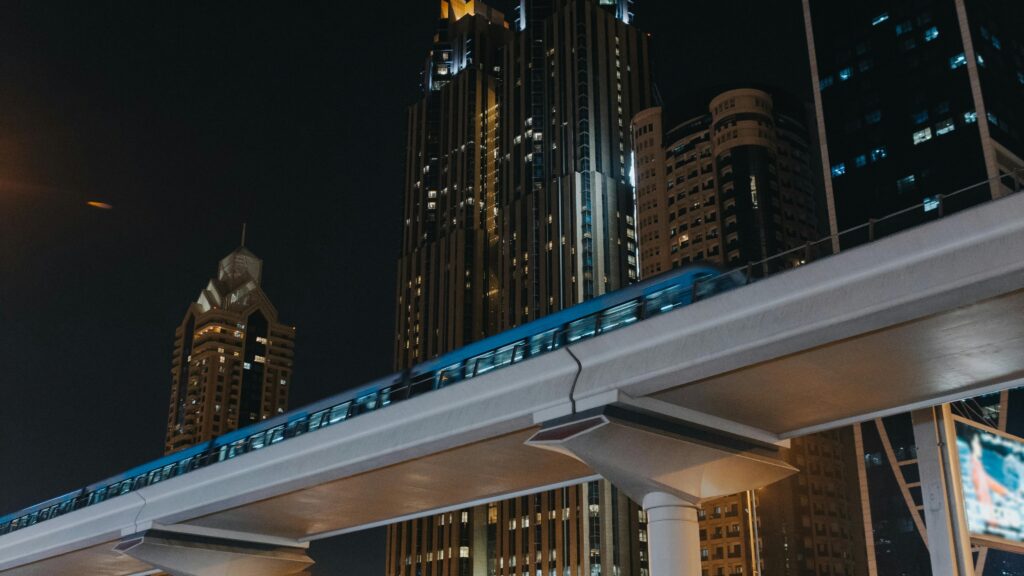
According to the RTA, over 621 million people used public transport in Dubai alone in 2023. That kind of usage doesn’t happen without reliability.
Dubai Metro: The Crown Jewel of UAE Public Transport
A huge chunk of any guide to UAE public transport has to focus on the Dubai Metro and for good reason. Dubai Metro is further classified as:
A) Red Line:
Stretches from Rashidiya (near DXB Airport) all the way to Expo City. It hits key spots like Deira, BurJuman, Downtown Dubai, Business Bay, and Marina.
B) Green Line:
Covers older parts of the city like Al Qusais, Al Nahda, and Dubai Creek—perfect for history buffs or anyone craving authentic Emirati vibes.
Both lines are fully automated and offer dedicated women & children cabins, plus a Gold Class cabin if you’re feeling fancy.
My Advice: The metro is incredibly punctual, but if you’re commuting at rush hour (especially Thursday evenings), be prepared to stand. But hey, standing beats being stuck on Sheikh Zayed Road.
Nol Card: Your Magic Ticket
The backbone of any guide to UAE public transport is understanding the Nol Card, your rechargeable smart card that works across metro, bus, tram, and even parking meters.
There are four types:
- Red Ticket – Best for tourists (pay-as-you-go for up to 10 trips).
- Silver Nol – Ideal for daily commuters.
- Gold Nol – Gets you into the Gold Class Metro cabin.
- Blue Nol – Personalized card with extra security (mostly used by students or seniors).
Real Talk: Always keep your Nol card topped up. You do not want to be the person holding up the queue while trying to recharge AED 1 at a busy metro station.

Read more to know which Nol card is best for tourists.
RTA Buses: Affordable & Air-Conditioned
Not every destination is metro-accessible, and that’s where RTA buses come in. They connect even the outer communities (like Silicon Oasis, Al Warqa, and International City) with metro stations and major hubs.
- Timings: Generally operate from 4:30 AM to 12:30 AM (some run 24/7).
- Fares: Charged based on zones—most trips fall between AED 3 and AED 8.
- Cleanliness: Top-tier. Some buses even smell like vanilla. Not kidding.
Use the S’hail app (official RTA app) to check real-time schedules and plan your route.
Intercity Travel, Ferries & Local Hacks That’ll Save You Time + Money
If you’ve ever found yourself stuck between emirates, Googling “how to get to Abu Dhabi from Dubai without a car,” then this guide to UAE Public Transport is your new best friend.
This section covers intercity buses, hidden water travel gems, and some real-life UAE transport hacks that make life so much easier (and cheaper). Whether you’re a daily commuter or a curious explorer, this guide to UAE Public Transport will help you move smart.
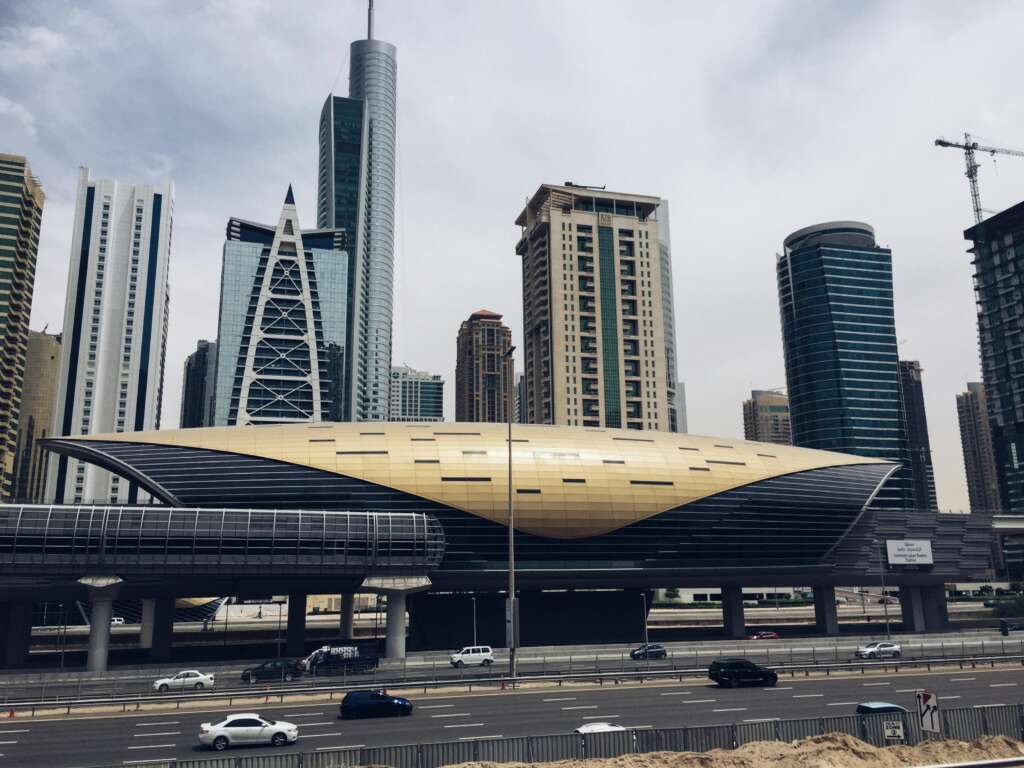
Intercity Buses: The Smart Way to Travel Between Emirates
UAE’s public transport system is impressively well-connected—even across emirates. You can easily travel from Dubai to Abu Dhabi, Sharjah, Fujairah, and beyond using government-run buses that are not only affordable but also clean, air-conditioned, and reliable.
For example, if you’re in Dubai and planning a trip to Abu Dhabi, you can hop on Bus E100 from Al Ghubaiba or Bus E101 from Ibn Battuta Metro Station. Both routes offer a smooth ride with modern seating and USB charging ports.
The fare typically ranges between AED 25 to 35, payable via your Nol card, and the journey takes approximately 1.5 to 2 hours depending on traffic.
Need to reach Sharjah instead? Buses like E303, E306, and E307A run frequently from Union or Deira City Centre Metro Stations to Al Wahda and Al Jubail. The ticket prices are often under AED 15, making them one of the most budget-friendly commuting options in the UAE.
If you’re using this Guide to UAE Public Transport to plan daily office commutes or weekend trips, intercity buses are a solid pick, just try to avoid peak hours, as these routes can get busy fast.
Also Read: UAE Myth Buster: 11 Things People Think About the UAE (But Nah)
Water Travel in the UAE: A Scenic (and Functional) Ride
No Guide to UAE Public Transport would be complete without including water-based options. And trust us, this is not just for tourists. Abras, ferries, and water taxis are part of daily life in certain areas and add a unique, often faster, way to get from A to B.
Let’s start with the traditional abras that cross Dubai Creek. For just AED 1, you can glide from Deira to Bur Dubai in minutes. It’s quick, historic, and practical. Despite being one of the oldest transport methods in the city, it’s still widely used by workers and locals alike.
Want something more modern? The Dubai Ferry offers air-conditioned, panoramic boat rides between key coastal locations like Dubai Marina, Al Ghubaiba, and Bluewaters. Fares range from AED 15 to AED 50, depending on your route, and they’re surprisingly punctual.
Looking for privacy or traveling in a group? RTA Water Taxis can be booked in advance and offer a sleek ride along the coastline, perfect for skipping road traffic during busy hours.
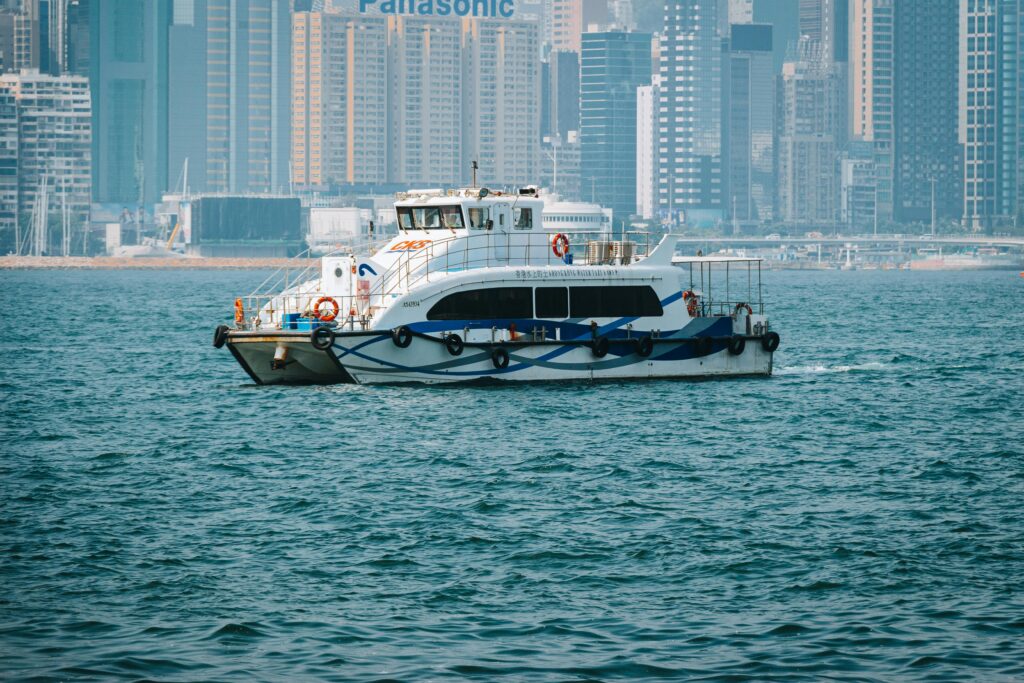
What most people don’t know and what makes this guide to UAE Public Transport even more valuable is that Nol cards can be used on some water routes too, including abras and select ferries.
Solving the “Last-Mile” Problem with Bikes and Scooters
Ever taken the metro only to realize your destination is still a 10-minute walk away?
That’s where last-mile transport options come in and this guide to UAE Public Transport wouldn’t be complete without them.
Careem Bikes are docked all over Downtown Dubai, Dubai Marina, JLT, and even Al Seef. You can unlock a bike using the Careem app for as low as AED 20 per day or AED 50 per month. These are ideal for short, inner-city rides and often faster than hailing a taxi in traffic.
You’ll also spot e-scooters in areas like JBR, City Walk, and Al Rigga. Providers like Tier, Lime, and Skuride let you unlock scooters via an app and ride in designated zones. Just scan, ride, and go, perfect for warm evenings or quick errands.
If you’re someone who’s serious about using this Guide to UAE Public Transport to reduce costs and avoid traffic, integrating these last-mile options into your routine is a game-changer.
Must-Have Transport Apps Every UAE Resident Should Download
To make the most of everything covered in this Guide to UAE Public Transport, your smartphone should be equipped with the right apps.
The RTA Dubai App lets you check schedules, top up your Nol card, book ferries, and even pay for parking. For more seamless trip planning, the S’hail App gives you integrated options combining metro, bus, and taxi services.
Residents in Abu Dhabi and Al Ain can use Darb and Hafilat for local bus information and card management. And of course, ride-hailing apps like Careem and Uber remain helpful for gaps in connectivity or emergencies.
Even Google Maps works surprisingly well across most transport options, just make sure your location services are on.
Want to know more about useful apps in gulf? Click here.
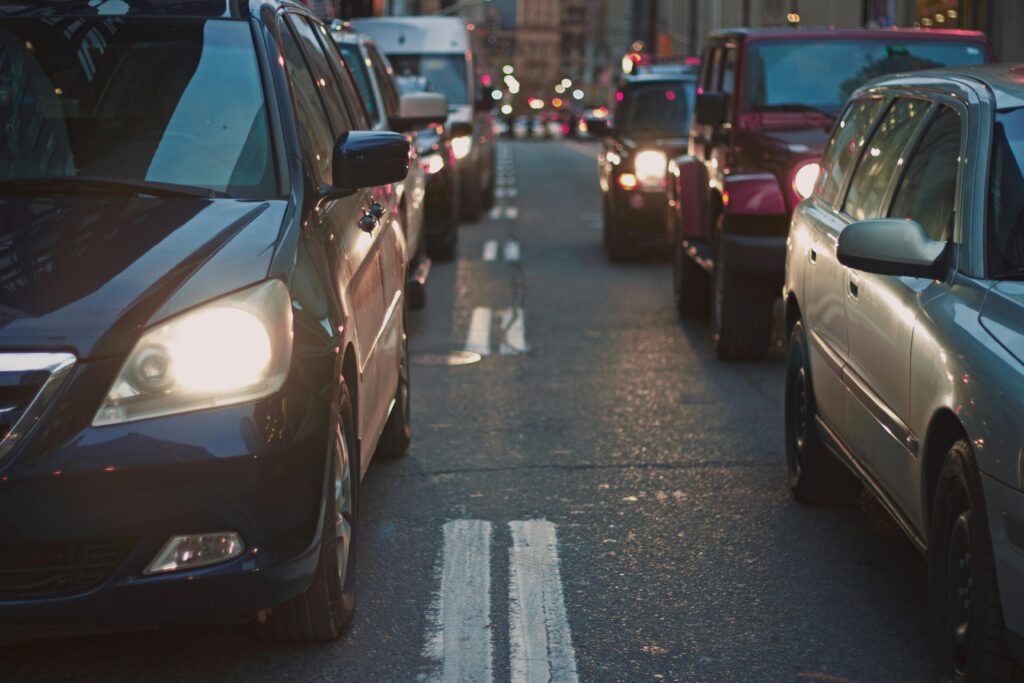
Common Mistakes First-Time Riders Make (And How to Avoid Them)
Even with the most detailed guide to UAE Public Transport, there are a few beginner mistakes to avoid:
- Always tap your Nol card again when exiting the metro or bus to avoid overcharging.
- Make sure your Nol balance doesn’t fall below AED 15, especially if you’re planning a long journey.
- Pay attention to zone boundaries—fares increase if you cross zones during your metro ride.
- Check bus and metro timings in advance to avoid long waits, especially late at night or on Fridays.
Final Word: Let Public Transport Make Life Easier
This guide to UAE Public Transport proves that you don’t need a car to explore the country with comfort, confidence, and convenience. Whether you’re riding the metro to work, taking a bus to Abu Dhabi, hopping on an abra at sunset, or zipping down Sheikh Zayed Road in a ferry, there’s a well-connected system ready for you.
So top up that Nol card, download the right apps, and embrace the smarter way to get around the UAE.


